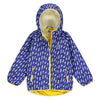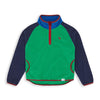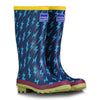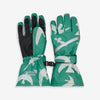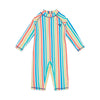
Stars and Shapes - KS1 Numeracy
Learning Objective - KS1 Numeracy
Identify and describe the properties of 2-D shapes, including the number of sides and line symmetry in a vertical line.
Resources
Plenty of sticks of varying lengths from 1m to 10cm, rulers, paper, clipboards, pencils, twine, large tarp or sheet
Introduction
Look at various examples of five pointed stars together, and ask the class to see and name what other shapes they can see within the star. Ask the students to count the number of sides the star has. Repeat this with other examples of triangles.
Activity
Demonstrate to the group with some of the smaller sticks, how to use the twine to attach the sticks together to make a five-pointed star.
Then use more sticks and arrange them on the sheet, horizontally in size order with the largest at the bottom, and the smallest at the to. (This should make a Christmas tree shaped triangle!)
Split the class in to groups, and give each group a task of making a set shapes. Include large stars made on the ground, smaller stars, a large Christmas tree shape and a small Christmas tree shape.
As the groups are making their shapes, ask them to measure and record the lengths of their sticks.
After the shapes have been made, regroup and as a class, visit each item and discuss again how many sides each shape has. Together, look for and identify lines of symmetry and evaluate the measurements of the sticks the group used, and if the measurements of the sticks made any difference.
Extension
Give each group some string and scissors, and ask them this time to make the star again, this time on the floor, with the string. The groups should measure the string to make the lengths equal, and see if this has made any difference to the lines of symmetry.



